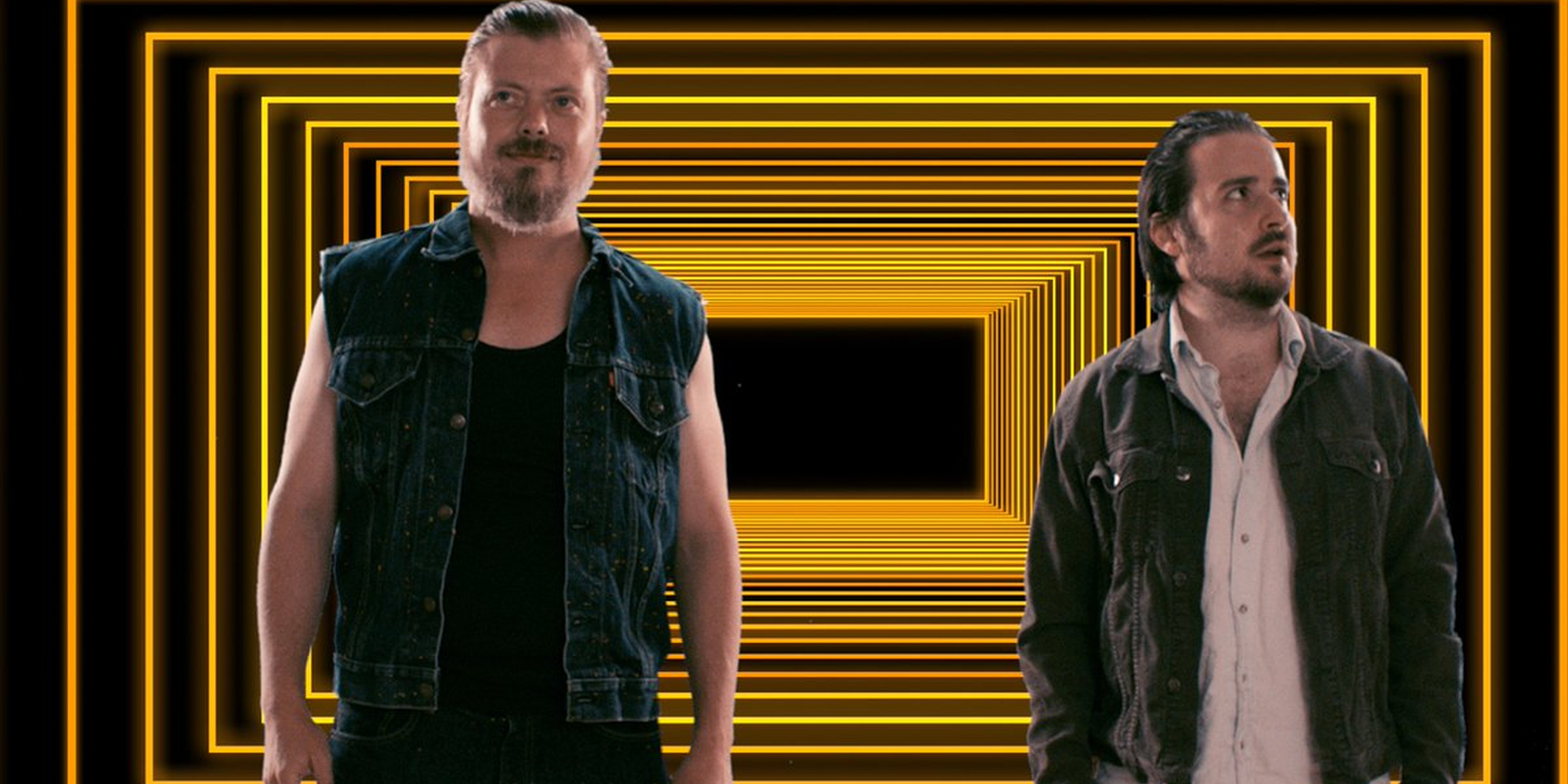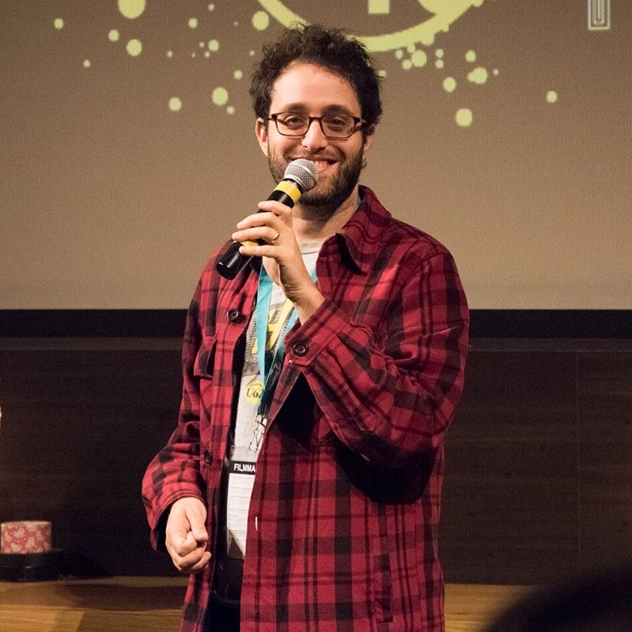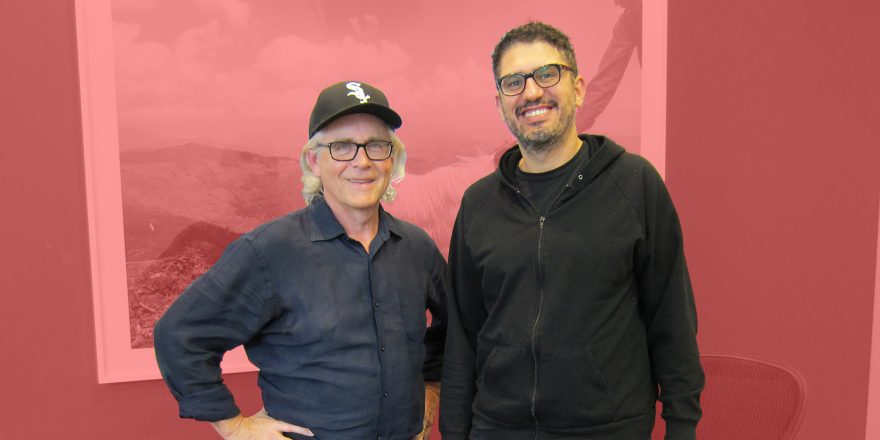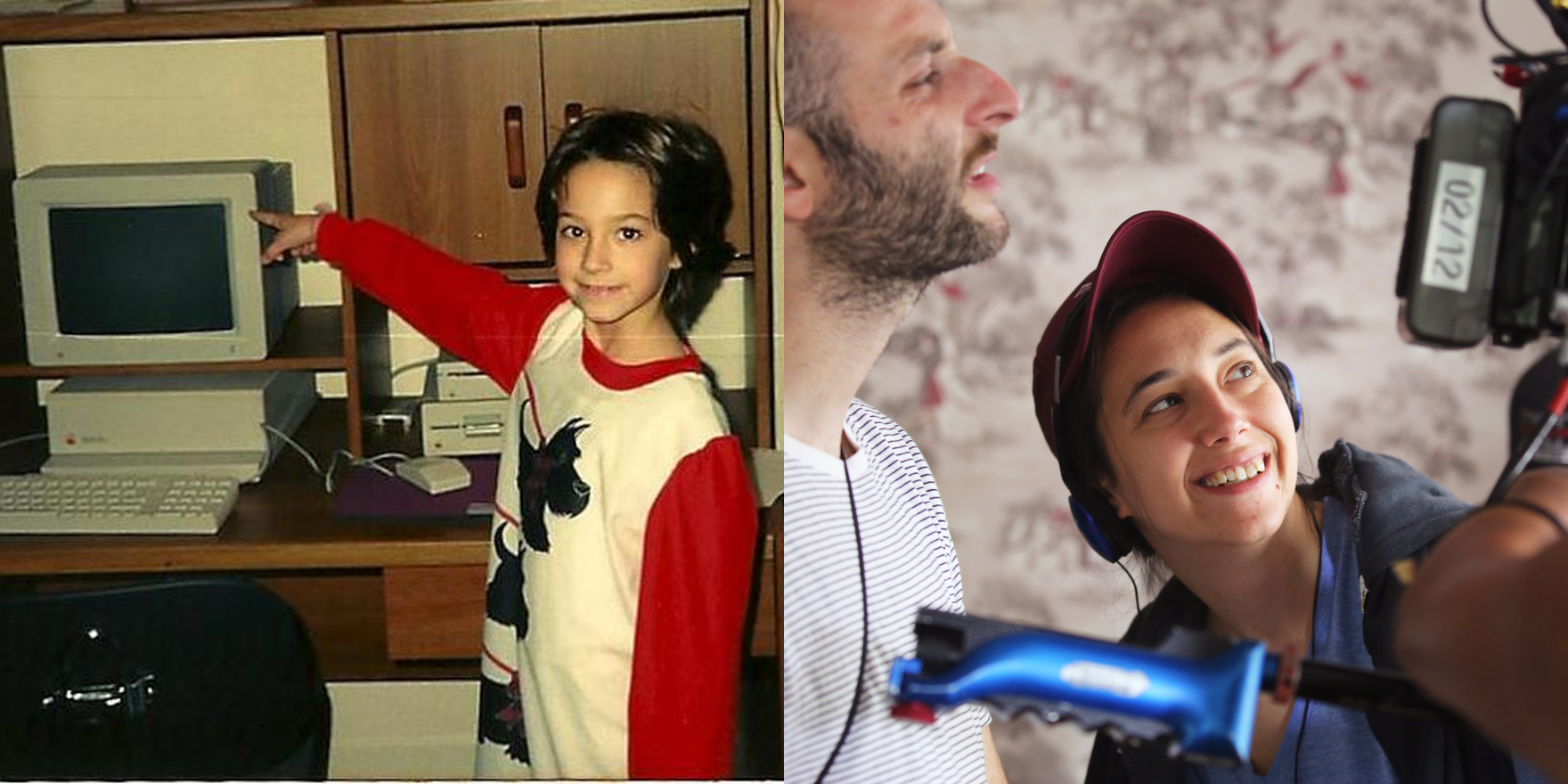Last week Twitter got hangry, as is its wont, about that age-old debate: “film vs. television.” The battle flared up again after European cinephile magazines Sight & Sound and Cahiers du Cinèma both included David Lynch’s Twin Peaks: The Return on their year-end critics lists. A turf war raged for about 48 hours (which in Twitter time is about 600 years) as film and TV critics fought with each other about which medium should claim ownership to David Lynch’s 18-hour magnum opus.
Don’t worry, I’m not here to re-re-relitigate the case (though I’d point you to my friend Vadim Rizov’s recent piece in Filmmaker magazine, which eloquently weighs the arguments on both sides). My personal hot take on the matter is that any attempt to definitively categorize a work as towering, slippery and purposefully chameleonic as Twin Peaks: The Return has little to do with celebrating or analyzing it on its own terms, and more to do with boxing it in for one’s own arbitrary purposes.
But I do want to explore one aspect of the “Twin Peaks is television” argument as raised by Vulture TV critic Matt Zoller Seitz:
“I’ve been doing this long enough to see generations of film critics try to redefine great TV as cinema, and it always feels like a form of condescension and perhaps self-loathing,” he tweeted. “They feel they need to give TV a promotion in order to love it.”
I’ve long been fascinated with the artistic possibilities of the televisual medium and the episodic format in general (I wrote about it for IFP back in 2014, and then again for Filmmaker last year). And I too have noticed the condescension, disinterest, and perhaps even animosity with which the medium is often greeted by the film community.
But the thing is, I can’t really say I feel that this condescension is entirely unwarranted. As easy and entertaining as contemporary prestige TV is to watch, I personally find most of it tastes like junk food, increasingly so in this era of “peak television.” I think this mostly has to do with the budget and platforms involved with producing and distributing television. It’s difficult to color outside the lines too much as an artist or get something ambitious or subversive greenlit in such a mega-corporate-dominated environment.
It was actually Twin Peaks: The Return that convinced me to finally cut TV out of my diet, to subscribe to FilmStruck, and to get back on the old “art film” horse. That’s because with few exceptions, the shows praised as groundbreaking, boundary-pushing and “the next big thing” (there seems to be a new one every two weeks) actually tend to be conservative, same-y spectacles less interested in pushing form, tone or filmic language, and more interested in telling the most entertaining, consumable, hot-button story possible. To put it bluntly, television in the streaming era doesn’t ask you to reflect on what you’ve just seen or to think critically about the human experience. All it asks you to do continue watching.
To put it bluntly, television in the streaming era doesn’t ask you to reflect on what you’ve just seen or to think critically about the human experience. All it asks you to do continue watching.Ironically, I say all of this while in the midst of promoting and releasing The Eyeslicer, a 10-hour, 10-episode television show I co-created with my producing partner Vanessa McDonnell. The show premiered at the 2017 Tribeca Film Festival, and has been called “one of the craziest TV shows you’ll ever see” by Indiewire. For lack of a better term, what we made is a ‘variety series,’ compiling short-form work from some of the most radical American filmmakers working today (people like David Lowery, Shaka King, Lauren Wolkstein, Christopher Radcliff, Calvin Reeder, Amy Seimetz, the Zellner brothers, and many, many more) into hourlong mixtape episodes. It’s meant to recall shows like Liquid Television and 120 Minutes, and to serve as a discovery platform for ambitious, subversive, proudly non-commercial work.
For Vanessa and me, the show is primarily an attempt to reimagine daring short-form work into an episodic format, and to experiment with the unique potential of TV as a medium.
Because as negative as I might feel about most contemporary television, I remain endlessly fascinated by the possibilities it holds. I think of the starting point of any film or TV show as a blank canvas, and with TV I’m particularly drawn to the idea of work unfolding across such a large creative expanse, separated into different episodes, with different segments within each episode, and even multiple seasons. To me that kind of complexity in scope – that kind of endless puzzlebox structure – allows the opportunity for so much experimentation. For things people have never done before. For repetitions and abrupt tonal shifts, for unexpected subversions and diversions, for lengthy, leisurely drifts through the subconscious. I believe that art serves as a mirror of the human experience. An episodic structure isn’t an inherently lesser or better mirror than the two-hour feature film format. It’s just a different, largely underexploited one.
Vanessa and I are going to get started on the second season of The Eyeslicer in January. My hope is that in five years we are still making this thing on our own terms, that we’re still growing it and experimenting with the television form, and that when we look back on the first season of the show, it plays like a prehistoric version of what it’s slowly grown into.
Anyway, here’s our very special, action-packed season one finale, which pays off a bunch of the character arcs we’ve introduced throughout season one, meditates on the theme of death, and contains at least one Seinfeld supercut and one time-traveling cat. It’s called “The Eyeslicer Got Cancelled.”
The Eyeslicer’s first season is currently streaming for free (well, for the price of an email address) in our secret online bunker. If you want to get in and watch it, just enter the code “TWINPEAKSISADREAM” here.






